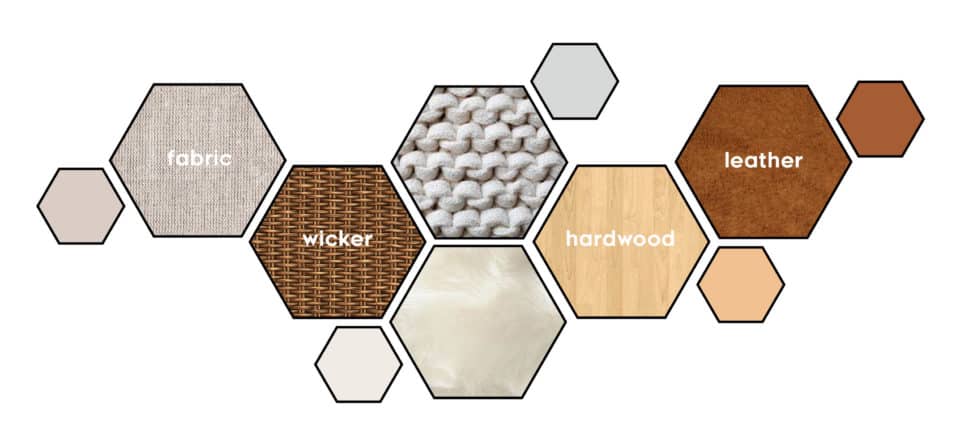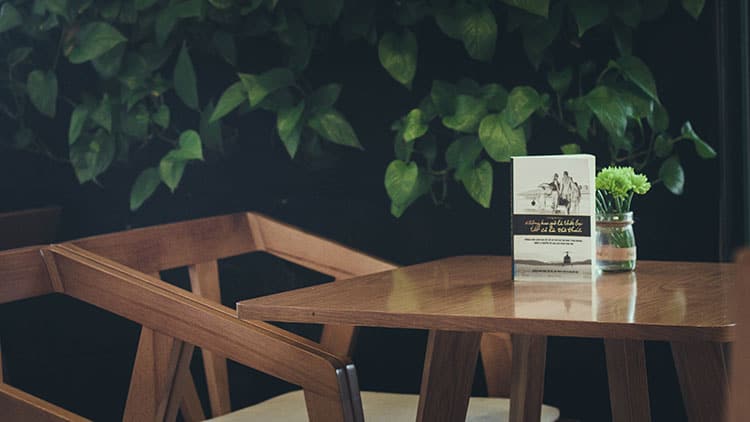Popular in the early 20th century, with its peak being around the 1950s, Scandinavian design was notably successful in the Nordic territories—Denmark, Norway, Sweden, Iceland, and Finland.

Scandinavian design is known for simple lines, natural colors, light tones, with a handcrafted look. Scandinavian design brings in interesting textures and tapered wood styles for a classic style that spans time periods, continents, and styles.
Look:
If you’re looking to bring some Scandinavian style to your home, there are a few token looks you may want to think about incorporating.
Here are 5 quick tips on how to add a touch of Nordic to your home.
1. Scandinavian Color Palette
The Scandinavian palette uses light colors, white, light grays, and soft neutrals. Wood tones are also light, traditionally using maple, ash, or white oak for natural hues.

What about furniture?
Later Scandinavian furniture did bring in some darker wood tones, like warm walnut, but the palette was neutral and showed off a palette found in nature.
If more accent colors were desired, those accents were generally soft blues, muted greens, or black hues.
RELATED – Design guide on mixing low and high decor
2. Scandinavian Textures
Similar to the color palette, Scandinavian textures were neutral in color.

Popular textures included smooth leathers, woven rope or flag line (like Hans Wegner’s famous Circle Chair), chunky wool throws, or even wicker seats. There are seemingly endless possibilities for texture, as long as it maintains the consistent neutral color palette.
3. Scandinavian Profiles
Wood arms and legs typically had a handcrafted nature to them with radiused corners and flowing edges. Despite their soft hand, the profiles were famous for sharp angles and tapered arms and legs.

This style served as a predecessor to the mid-century modern style that followed just a few decades after. See classic mid century furniture examples here.
4. Scandinavian Minimalism
Classic Scandinavian looks were sometimes confused for simple minimalism.

Marked by its simplicity, lack of visual clutter, and purposeful placement of featured items, Scandinavian design relied on a few perfect pieces to tie a complete design together.
5. A Touch of Nordic Charm
This last tip encourages you to mix it up!
Taking classic Scandinavian pieces and mixing it in with your existing design is not only possible, but it’s encouraged.
The beautiful thing about Scandinavian design is that it is elegantly simple and blends well with a lot of existing styles.
How to do it:
Find pieces that fit the Scandinavian mold and then tie it in with your existing design by pulling in similar colors, textures, patterns, or other design element.
It can be easy and fun to achieve a touch of Scandinavian design in your home, without breaking the bank or investing in pieces that don’t blend well with your existing decor.
Have other tips about how to master Scandinavian Design in your home? Leave us a comment on tips or tricks you like to do, or elements that you think are classically Scandinavian.
